Aidan Dunne examines the richly textural grid-based paintings of Denis Farrell, finding work of great temporal depth
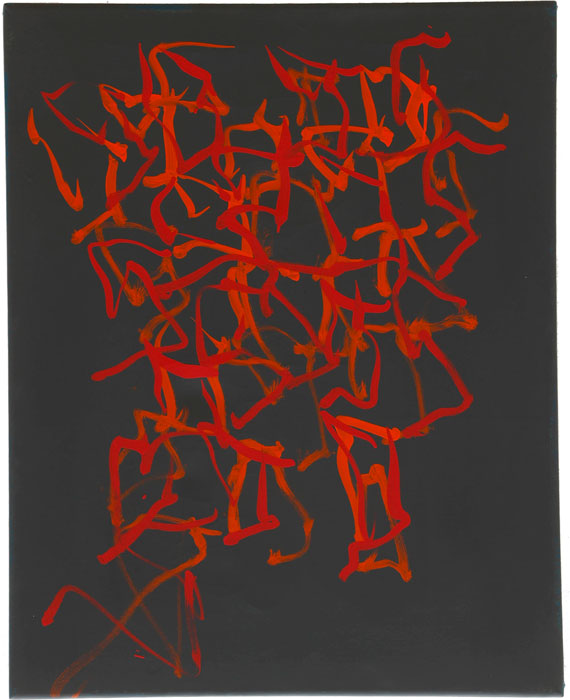
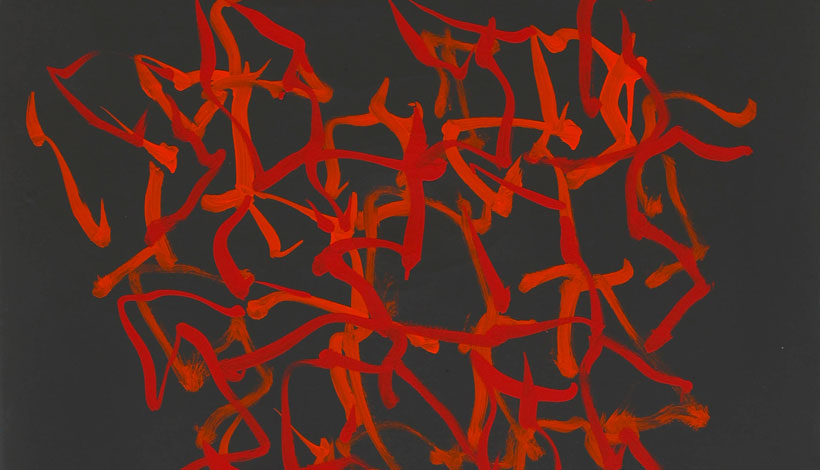
Denis Farrell Red Red Ricochet 2019 oil on canvas 76 x 61cm. Click on the image to view full painting
In philosopher Peter Godfrey-Smith’s recent book, Metazoa, on the emergence of minds in nature, he discusses the proposition that if environmental circumstances indicate larger scale as an advantage for a species, more than one evolutionary path is open to that species. Obviously, animals might progressively get bigger as natural selection plays out. And it is easy to think of examples. Less obviously, perhaps, there is another path: groups of small, distinct, modular units that possess scale through mass. It is a kind of minimalist solution to the problem of scale and, once you think about it, examples are plentiful in nature.
To read this article in full, subscribe or buy this edition of the Irish Arts Review
In philosopher Peter Godfrey-Smith’s recent book, Metazoa, on the emergence of minds in nature, he discusses the proposition that if environmental circumstances indicate larger scale as an advantage for a species, more than one evolutionary path is open to that species. Obviously, animals might progressively get bigger as natural selection plays out. And it is easy to think of examples. Less obviously, perhaps, there is another path: groups of small, distinct, modular units that possess scale through mass. It is a kind of minimalist solution to the problem of scale and, once you think about it, examples are plentiful in nature.
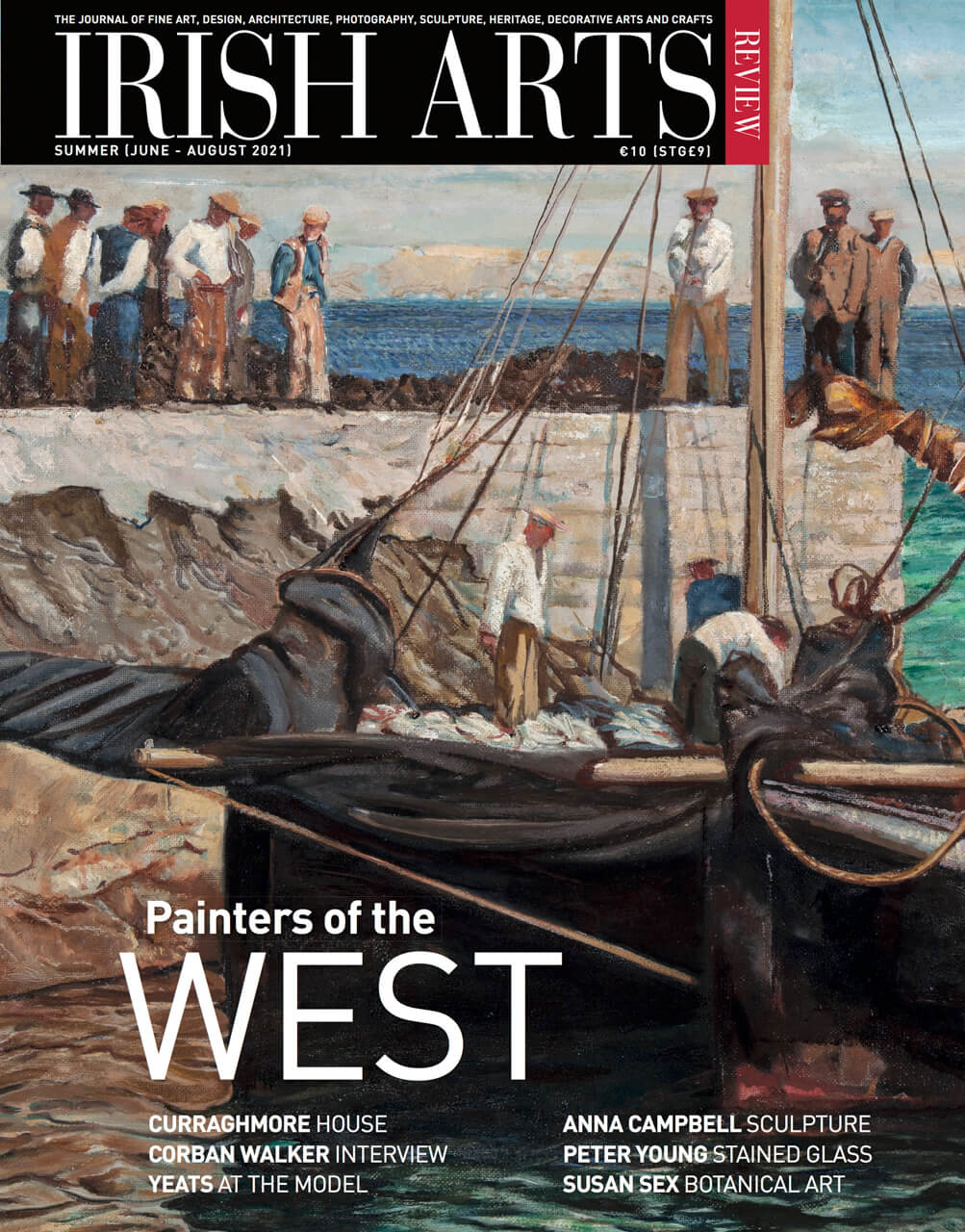
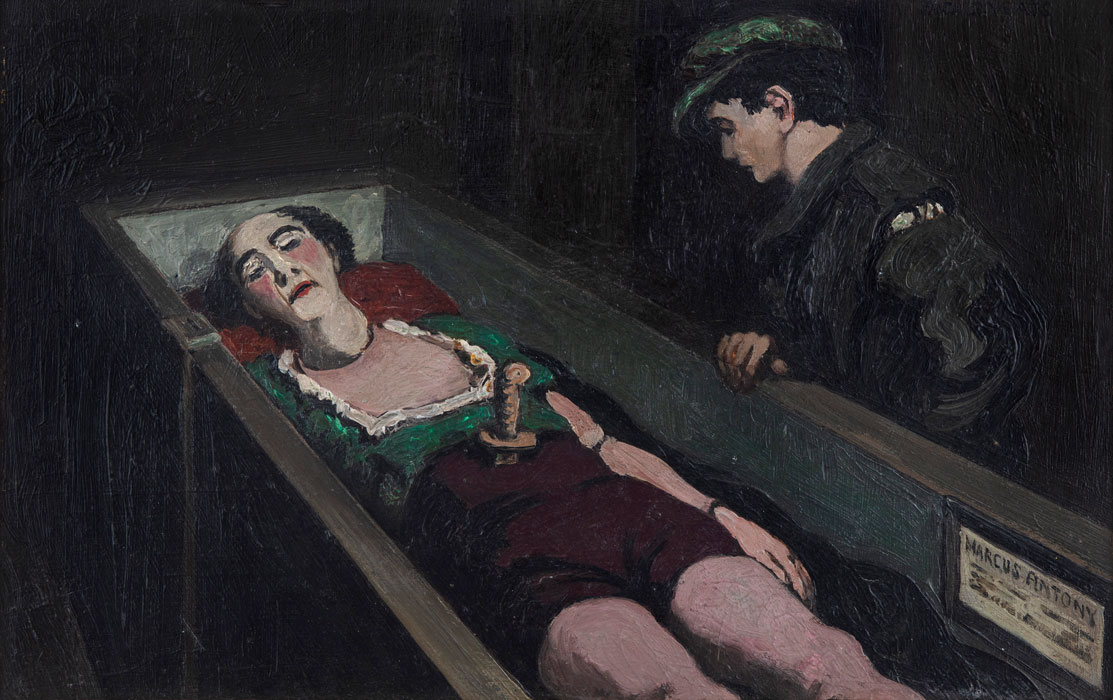
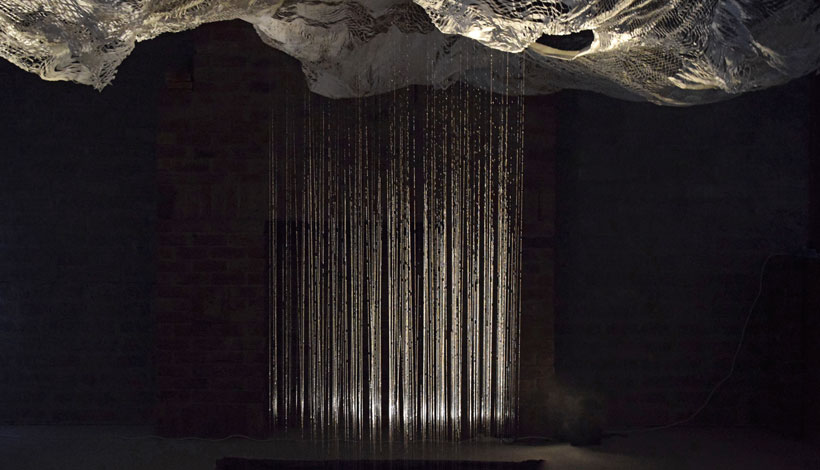
Marcel Vidal finds that a thread of instability runs through Freida Breen’s sculptural practice
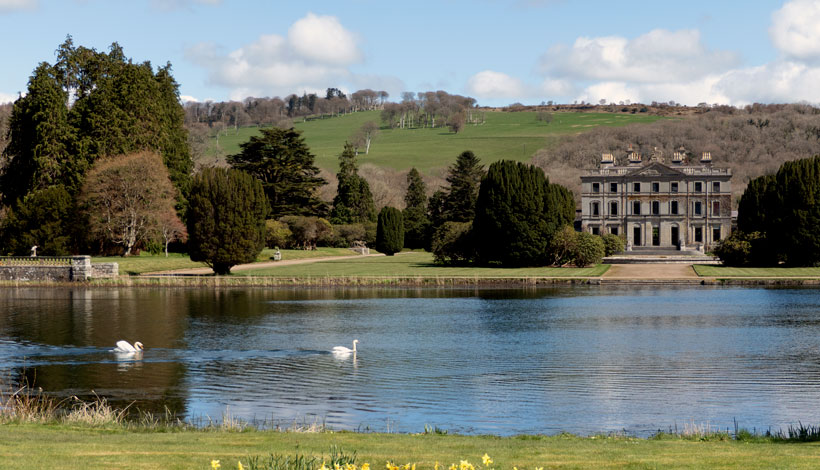
Julian Walton and William Fraher explore the magnificent Curraghmore House in County Waterford, where, three hundred years ago, the union of two families produced the most powerful dynasty in late Georgian Ireland